You’ve probably heard of “SEO-optimized content”, but what is it, really? Why is it important? Is it worth your time to create SEO-optimized content?
In this blog post, we’ll answer these questions and more. Hopefully, by the end, you’ll have a better understanding of SEO-optimized content and why it’s essential for your website.
Want to save this post for later? Pin the image below!
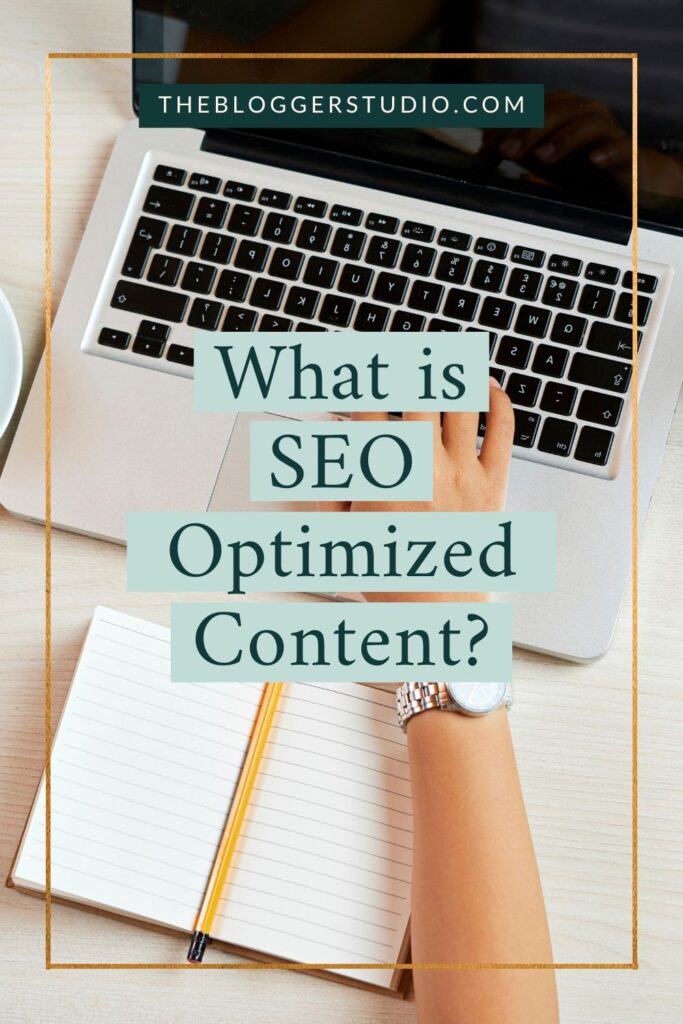
Affiliate Disclosure: This page contains affiliate links which means that if you click on the link and purchase the item, I will receive an affiliate commission at no extra cost to you. See my full disclosure policy here.
What is SEO-Optimized Content?
SEO-optimized content is content that has been specifically designed to rank high in search engine results pages (SERPs).
While there’s no guarantee that your content will rank #1, optimizing your content for SEO will give it the best chance at success.
SEO is important because it can help your content reach a larger audience. Click To TweetThe higher your content ranks in SERPs, the more likely people are to see it and click through to your website.
And since SEO traffic is generally high-quality traffic (people who are actively searching for the types of products or services you offer), this can lead to more leads and sales for your business.
How Does SEO Content Optimization Work?
There are a few different factors that go into SEO content optimization.
Here are some of the most important ones:
Keywords
Keywords are one of the most important aspects of SEO-optimized content. When you’re choosing keywords, think about what terms people are likely to search for when looking for information on your topic.
Once you’ve decided on a couple of good keywords, be sure to use them throughout your content, including in the title, headings, and body text.
Search Intent
It’s not enough to just insert keywords into your content. You also need to make sure that your content is meeting the needs of searchers.
This is what’s known as search intent, and it’s something that all SEO-optimized content should take into account.
To figure out what searchers are looking for, you can use keyword research tools like Google AdWords Keyword Planner and Google Trends.
These tools will help you to understand how people are searching for information on your topic, and what kinds of results they’re looking for.
Length of Content
In general, longer pieces of content tend to perform better in search engine results than shorter ones.
This is because longer content usually provides more value to readers, which is something that search engines look for.
If you’re not sure how long your content should be, a good rule of thumb is to aim for at least 1,000 words.
However, there’s no hard and fast rule, so if you can write a great piece of content that’s shorter than 1,000 words, don’t hesitate to do so.
Headings and Subheadings
Headings and subheadings are important elements of SEO-optimized content.
Not only do they help to break up your content and make it easier to read, but they also give you another opportunity to insert keywords.
When creating headings and subheadings, be sure to use clear and descriptive language. And, as with the rest of your content, don’t forget to include those keywords!
Final Thoughts on SEO Optimized Content
Creating SEO-optimized content doesn’t have to be difficult–just do your best to include keywords throughout your content, focus on search intent, make sure your content is long and well-written, and use headings and subheadings to break it up.
Following these simple tips should help you to create content that ranks well in SERPs.
Do you have any questions about SEO or content marketing? Feel free to reach out to me and I’ll be happy to help!
Choose a PIN to share!
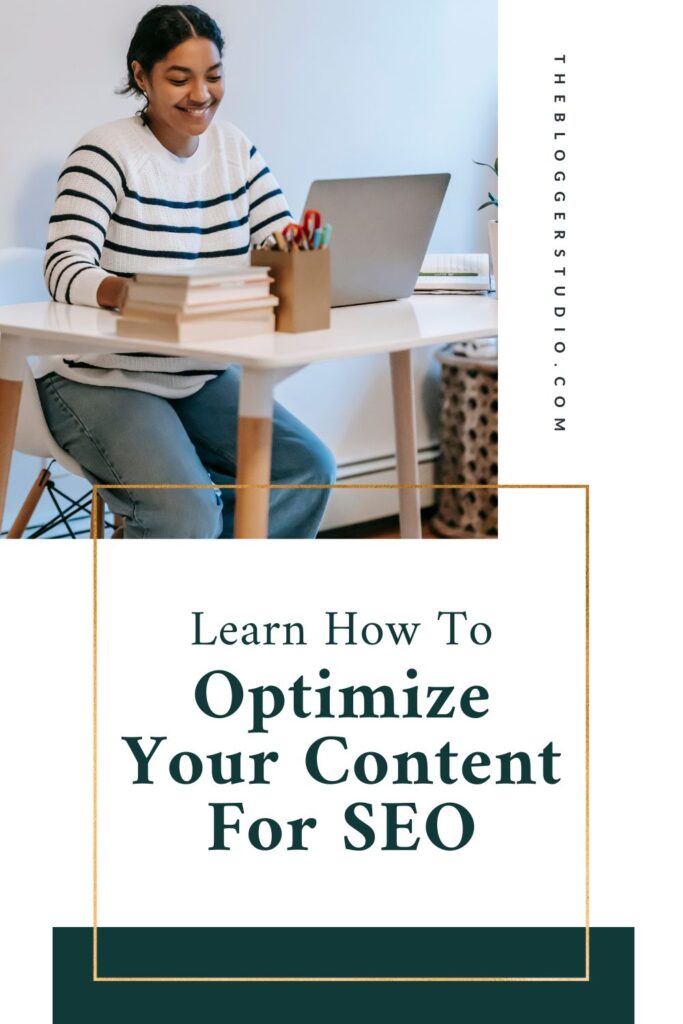
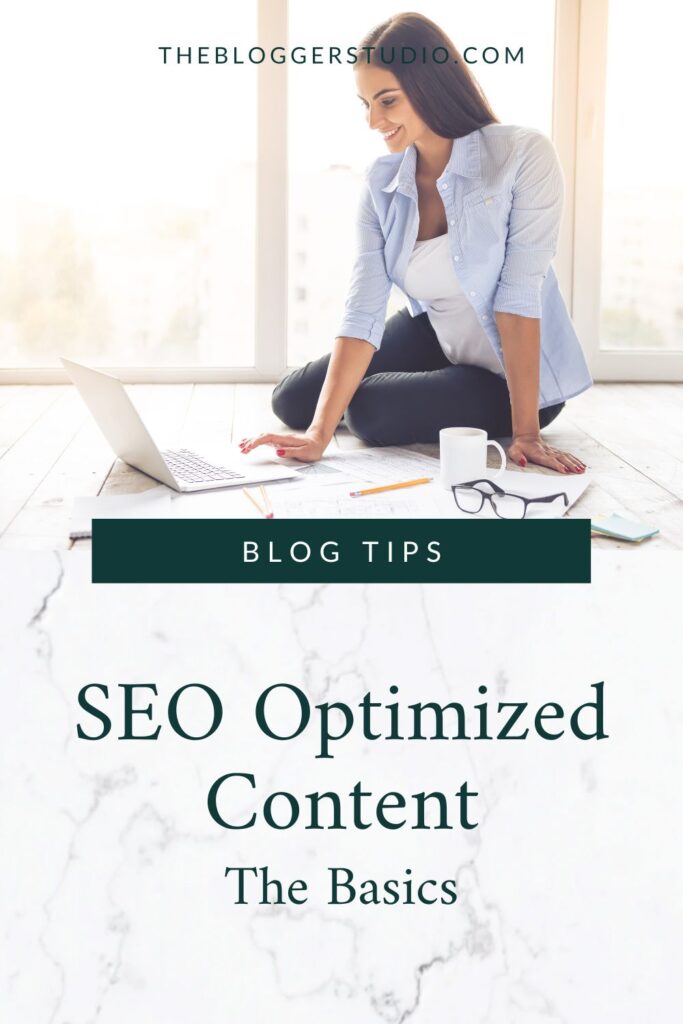
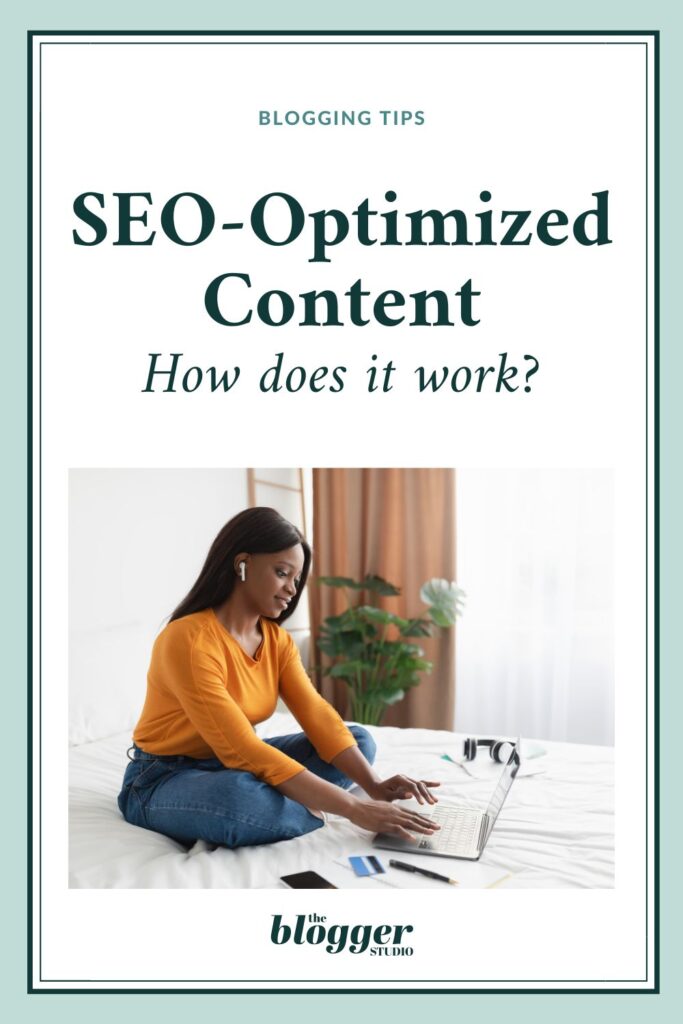
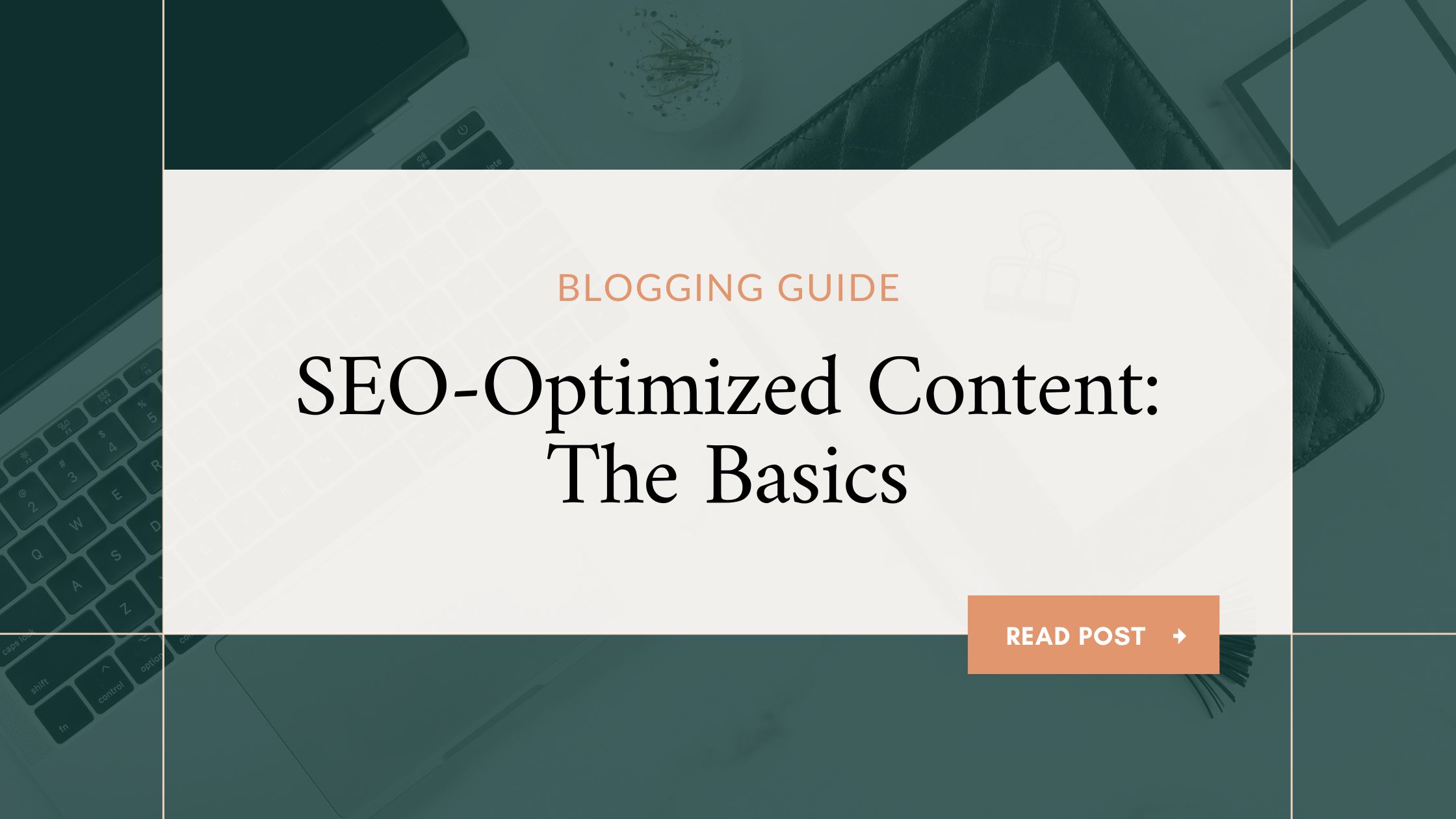
0 Comments